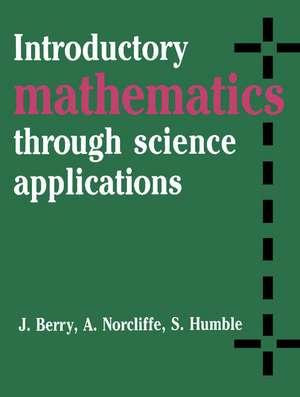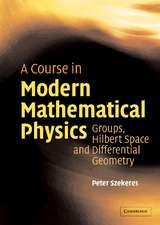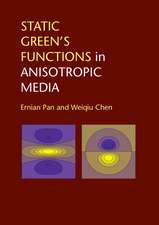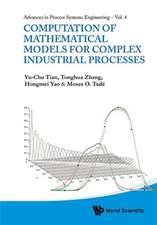Introductory Mathematics through Science Applications
Autor J. Berry, A. Norcliffe, S. Humbleen Limba Engleză Paperback – 7 iun 1989
Preț: 664.43 lei
Preț vechi: 746.55 lei
-11% Nou
Puncte Express: 997
Preț estimativ în valută:
127.15€ • 138.07$ • 106.81£
127.15€ • 138.07$ • 106.81£
Carte tipărită la comandă
Livrare economică 22 aprilie-06 mai
Preluare comenzi: 021 569.72.76
Specificații
ISBN-13: 9780521284462
ISBN-10: 0521284465
Pagini: 560
Ilustrații: 1
Dimensiuni: 172 x 243 x 33 mm
Greutate: 1.21 kg
Editura: Cambridge University Press
Colecția Cambridge University Press
Locul publicării:Cambridge, United Kingdom
ISBN-10: 0521284465
Pagini: 560
Ilustrații: 1
Dimensiuni: 172 x 243 x 33 mm
Greutate: 1.21 kg
Editura: Cambridge University Press
Colecția Cambridge University Press
Locul publicării:Cambridge, United Kingdom
Cuprins
Preface; 1. Basic functions; 2. Functions for science I: the exponential functions; 3. Functions for science II: trigonometric functions; 4. Functions for science III: inverse functions; 5. Other functions of science; 6. Differentiation I: rates of change; 7. Differentiation II: stationary points; 8. Differentiation III: approximation of functions; 9. Integration I: introduction and standard forms; 10. Integration II: techniques of integration; 11. Integration III: further techniques; 12. First-order differential equations; 13. Second-order ordinary differential equations; 14. Statistics I: frequency distributions and associated measures; 15. Statistics II: probability and probability distributions; 16. Statistics III: sampling, sampling distributions and hypothesis testing; 17. Partial differentiation I: introduction; 18. Partial differentiation II: stationary points; Answers to the exercises; Index.




















